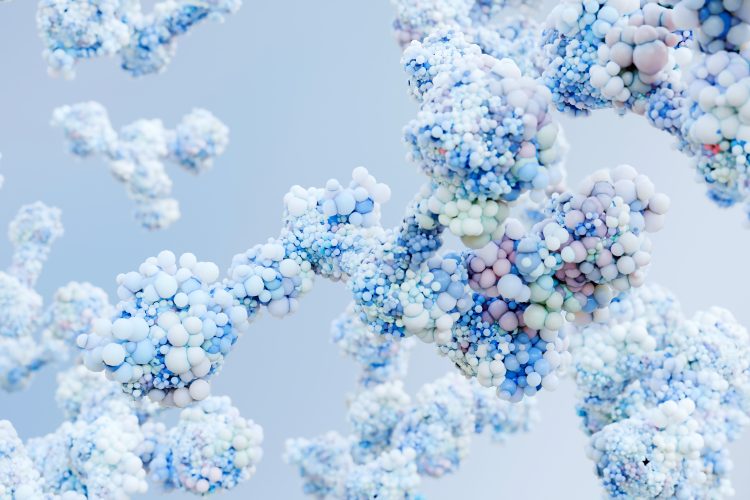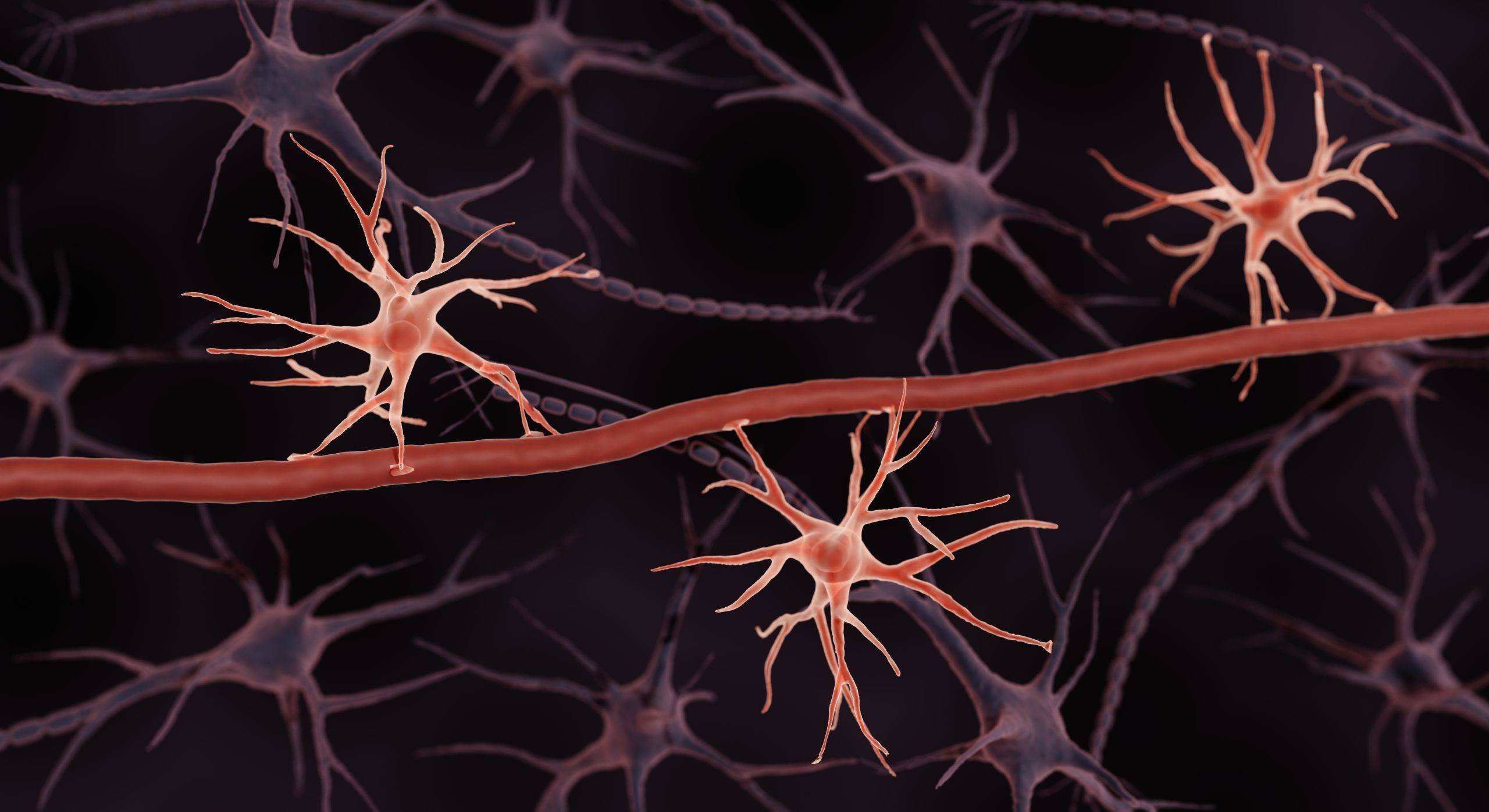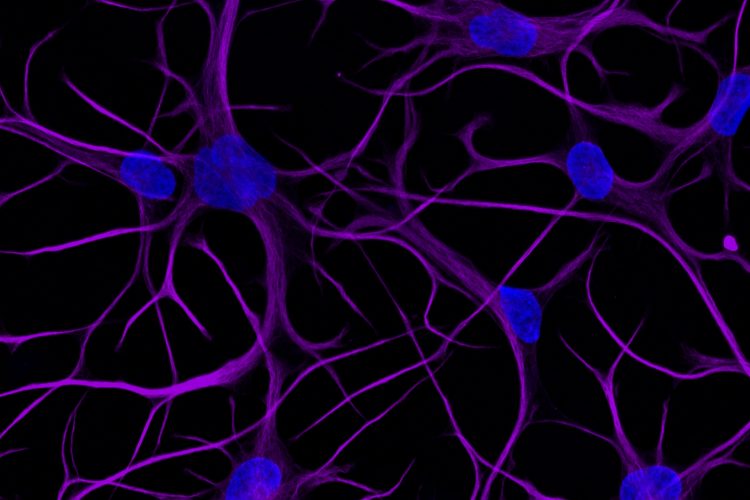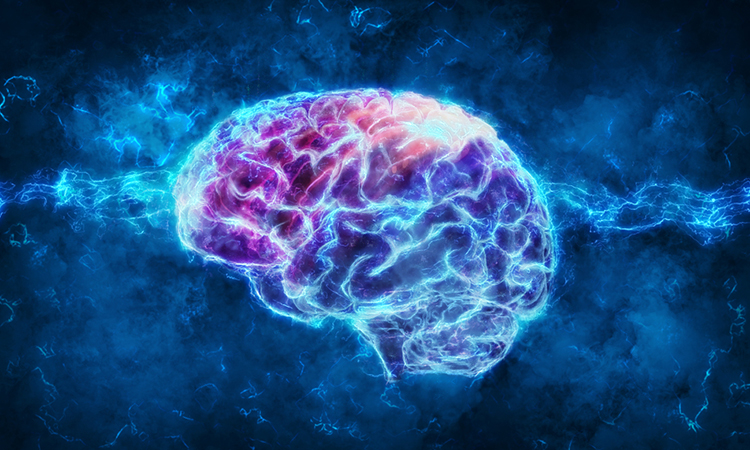A novel class of drug candidates for neurodegenerative diseases
At AAIC 2024, AC Immune unveiled a new class of antibody drug conjugates, called morADC (Morphomer® antibody drug conjugate). In this Q&A, CEO of AC Immune, Andrea Pfeifer, discusses how morADC uses the capabilities of the company’s two discovery platforms to combine two highly selective molecules, resulting in drug candidates…




























